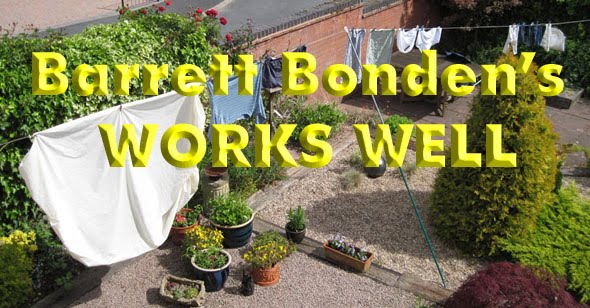 What constitutes a good frying pan? Given the obloquy the subject generates perhaps a different name would be a start. The Americans say skillet but I’ve never been sure the terms are synonymous. I’m astonished to find the French have a word for fry (frire); you’d hardly know it from restaurant menus where poelé is the preferred participle. A German frying pan is a Bratpfanne if you can manage those awkward internal consonants.
What constitutes a good frying pan? Given the obloquy the subject generates perhaps a different name would be a start. The Americans say skillet but I’ve never been sure the terms are synonymous. I’m astonished to find the French have a word for fry (frire); you’d hardly know it from restaurant menus where poelé is the preferred participle. A German frying pan is a Bratpfanne if you can manage those awkward internal consonants.My director of culinary research tells me this is a good one. It cost nearly £45 and was bought at Hereford’s genuine hardware store, Philip Morris, where the choice is enormous. The pan was made in France and the brand is Anolon.
Contrary to expectations the metal handle does not get hot during frying. In fact it has an extra benefit – when finishing off a Spanish omelette you can stick the whole thing under the grill. However, the handle does get hot then. Note the massive rivets that attach the handle; no need to fiddle with the fat-covered cross-head screw holding on a plastic handle.
With cheap frying pans the bottom eventually bulges upwards resulting in unequal heat distribution. This one’s bottom must be nearly 3 mm thick so bulging is unlikely. The sides are nicely angled ensuring a smooth slide transfer.
Finally, it must be recognised that frying pans – especially non-stick ones like this – are eventually expendable and must be replaced. My DCR recognises this and is prepared to bite on the bullet when the time comes.

